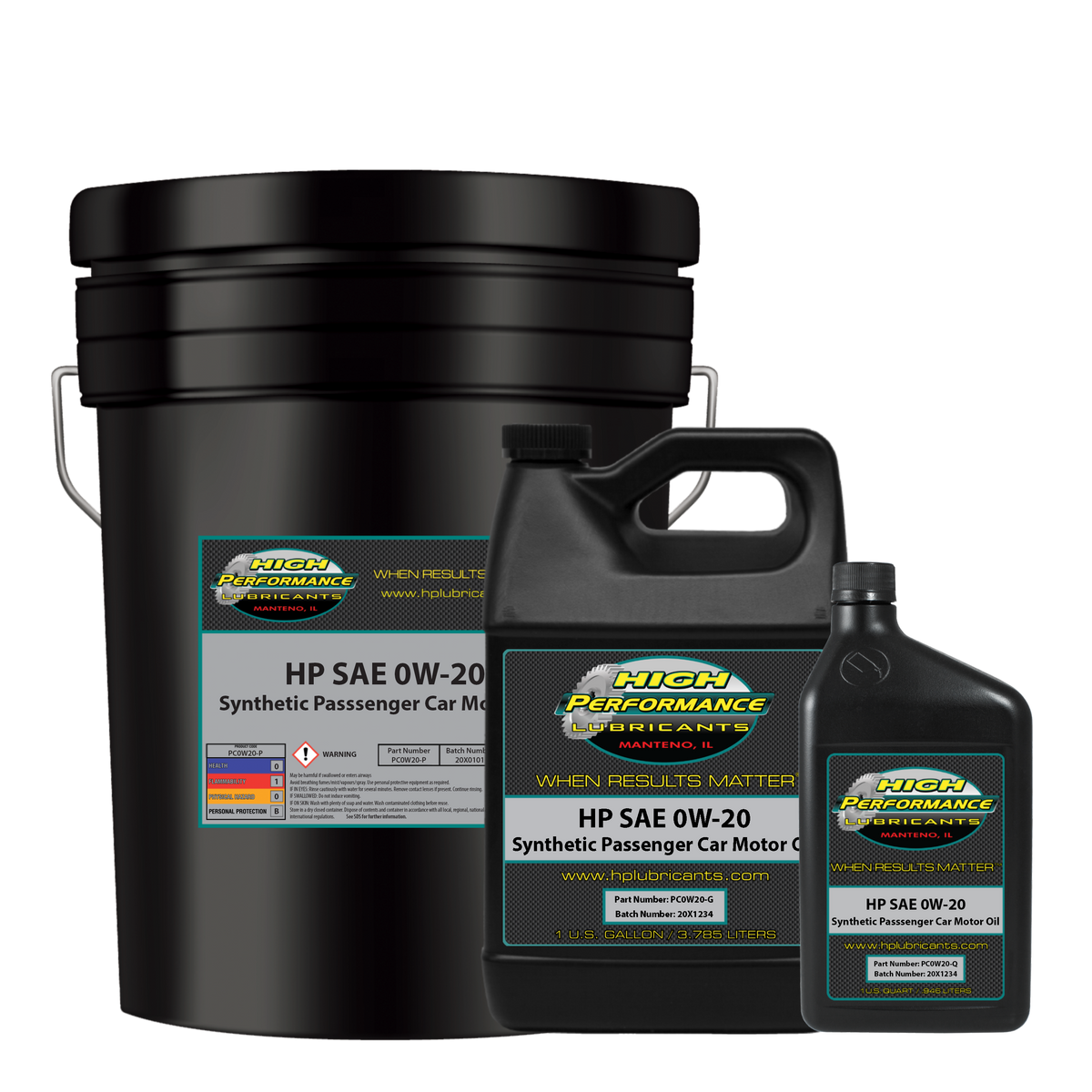Hey guys, im currently closes to my 641 break-in oil change. I was wondering what oil and filter combo I should uses. I have been watching Project Farms and Brand Ranks to see which oil filter combo I should go for. Project Farms say the best oil is Amsoil Signature followed by Redline then Pennzoil Ultra Platunim. Brand Rank said the best filters where Purolator Boss, Amsoil, then Fram Endurance. The thing is I'm also trying to go with cost also. I know Pennzoil goes on sale alot and can be found much more easily. The same can be said for the Purolator Boss and the Fram Endurance.
It's my only car currently and I'm in college trying my best to have my car last until I get a stable career, so maybe 10 year or over 150k. So I guess I wanna ask what do you guys use?
It's my only car currently and I'm in college trying my best to have my car last until I get a stable career, so maybe 10 year or over 150k. So I guess I wanna ask what do you guys use?






